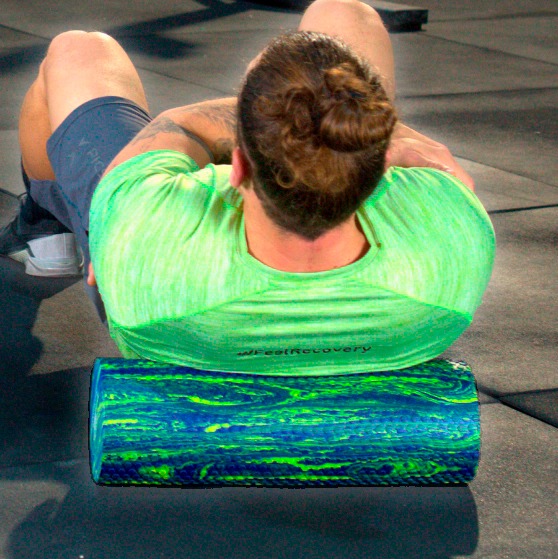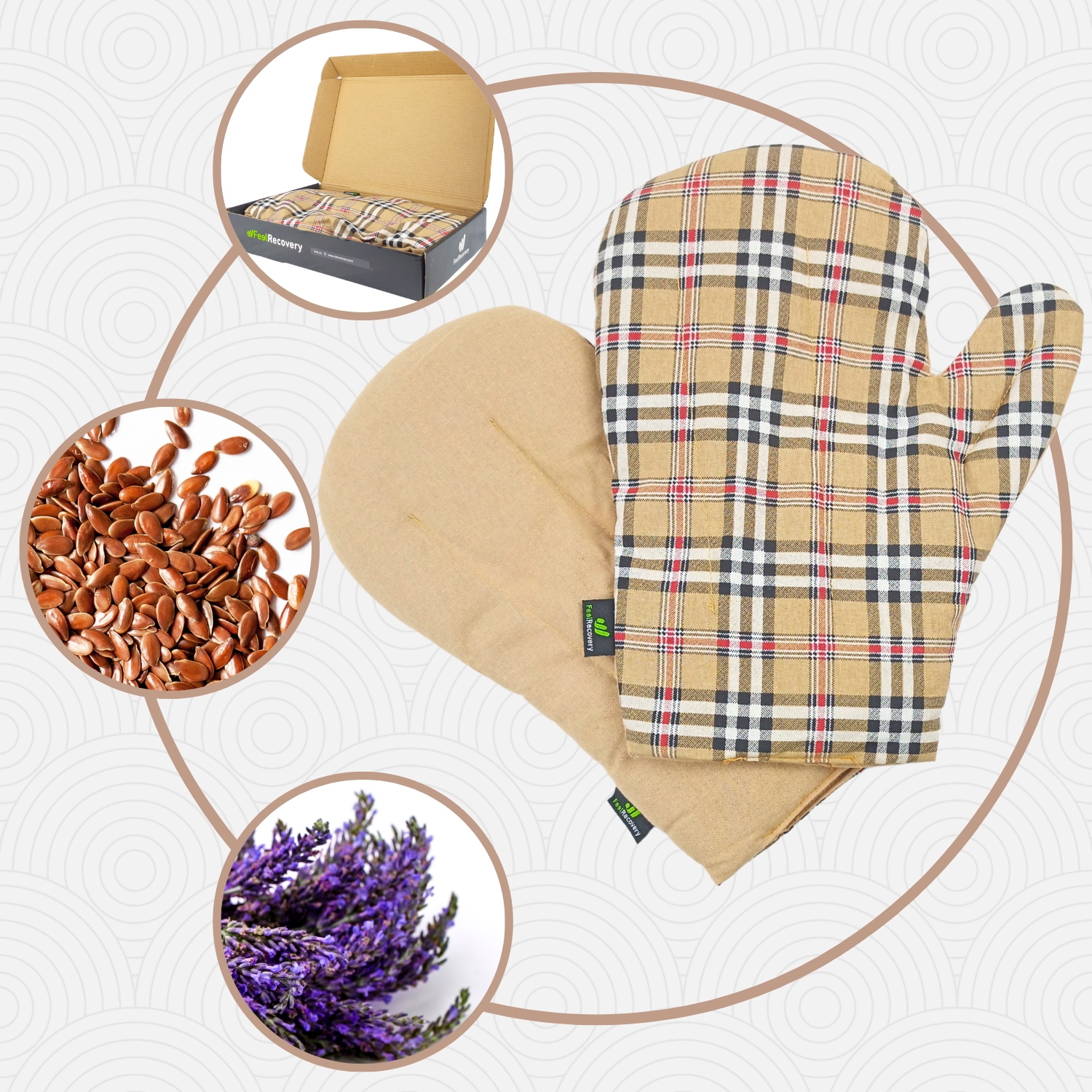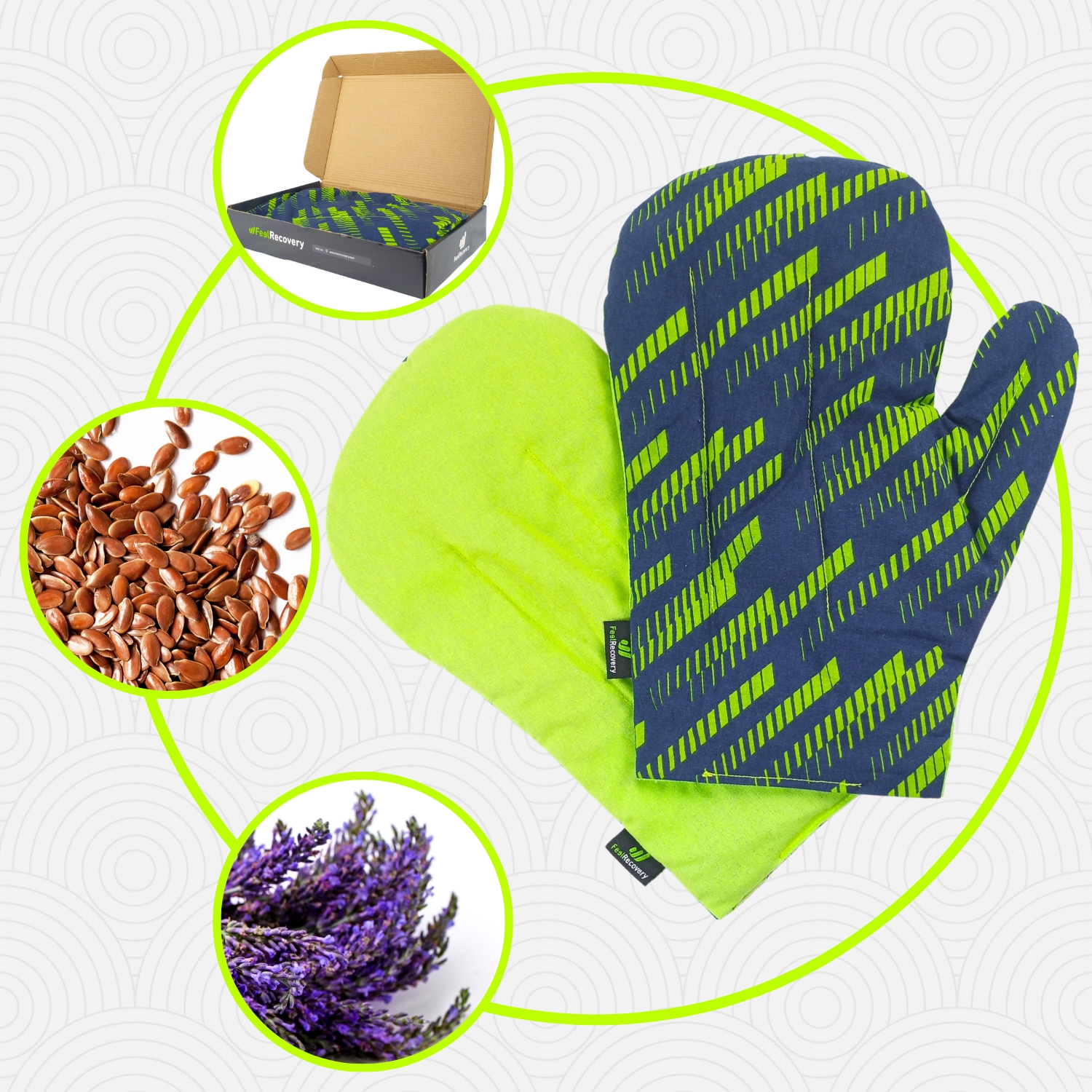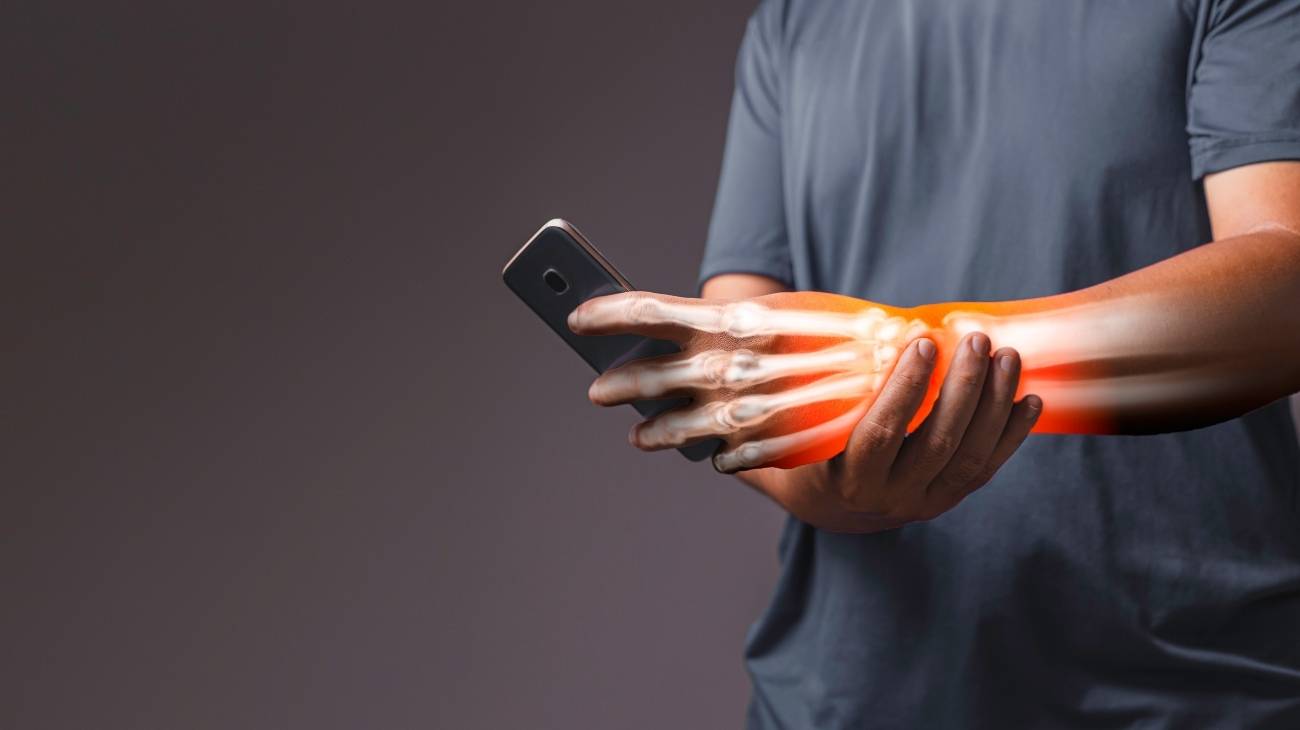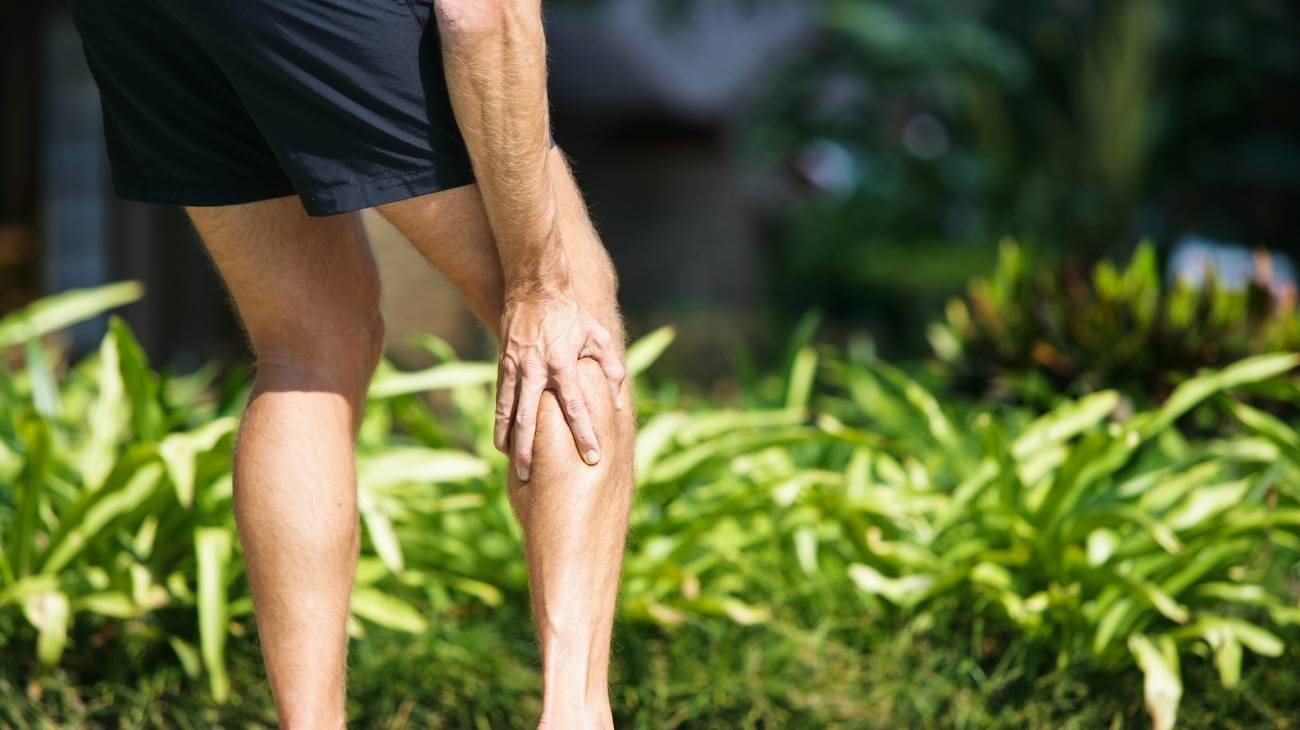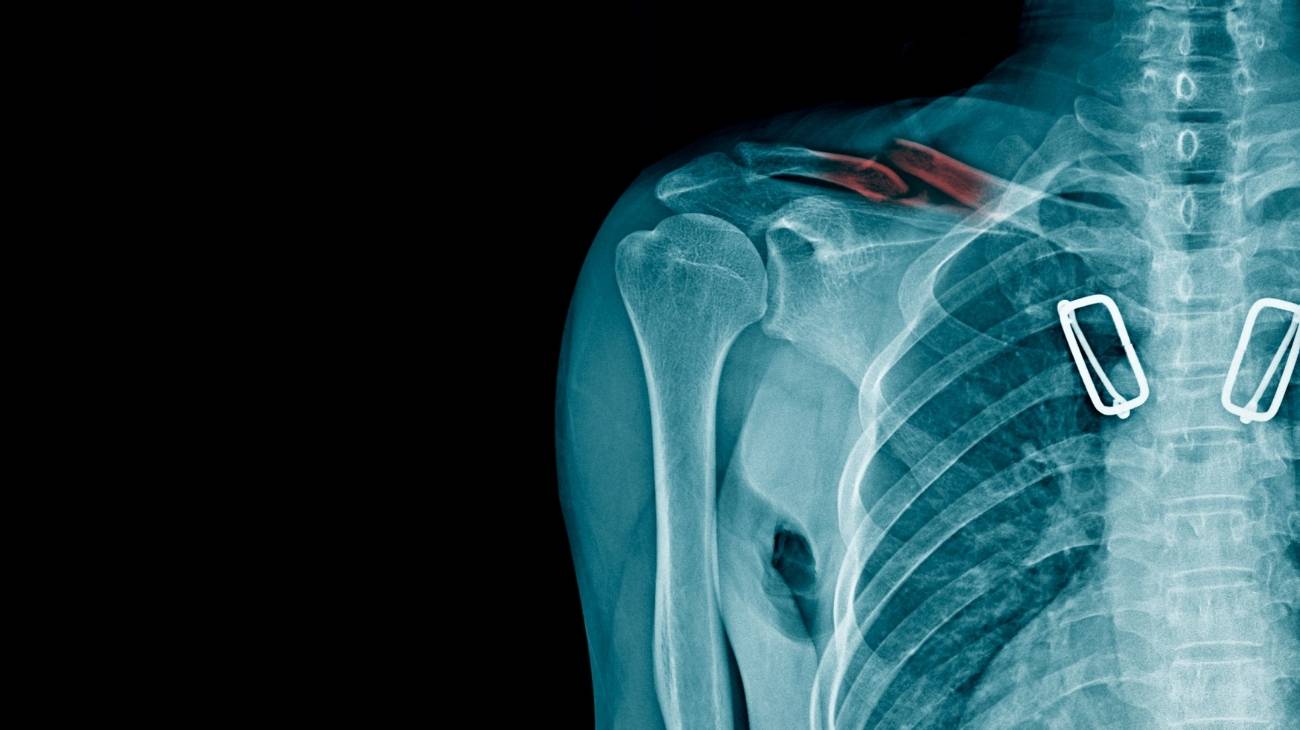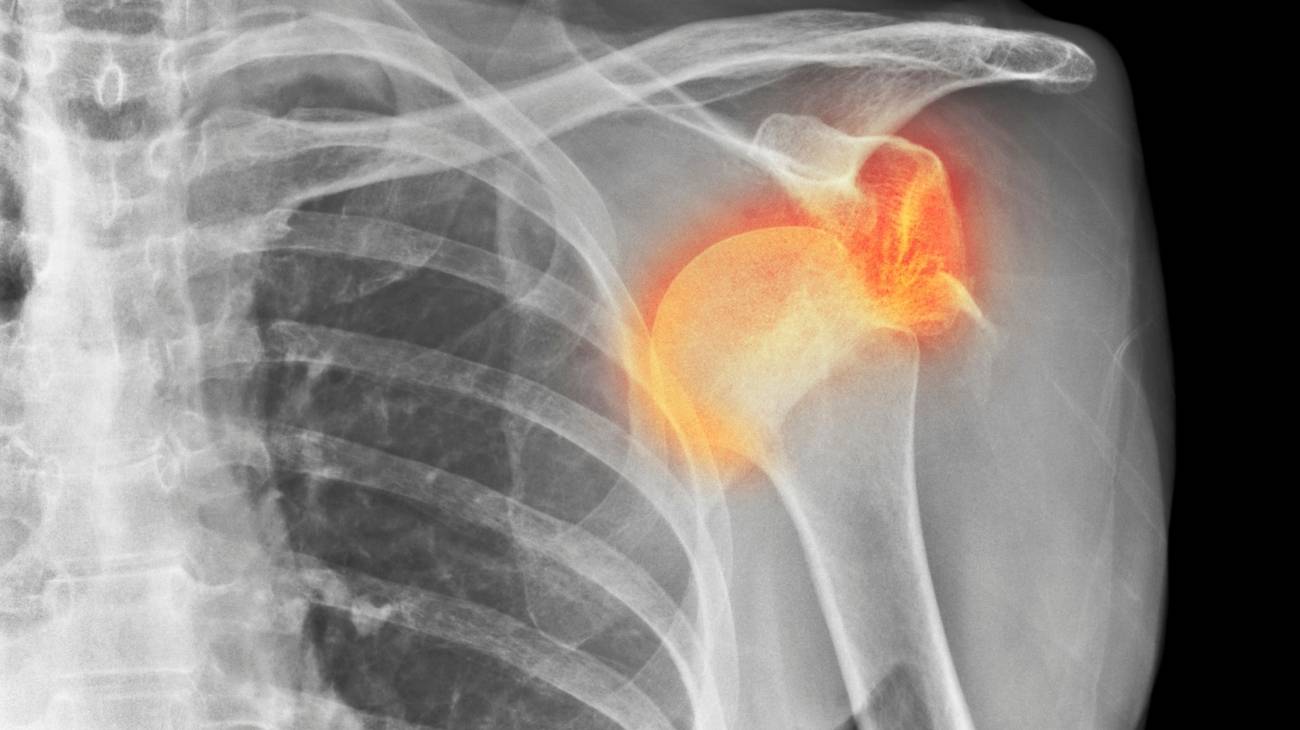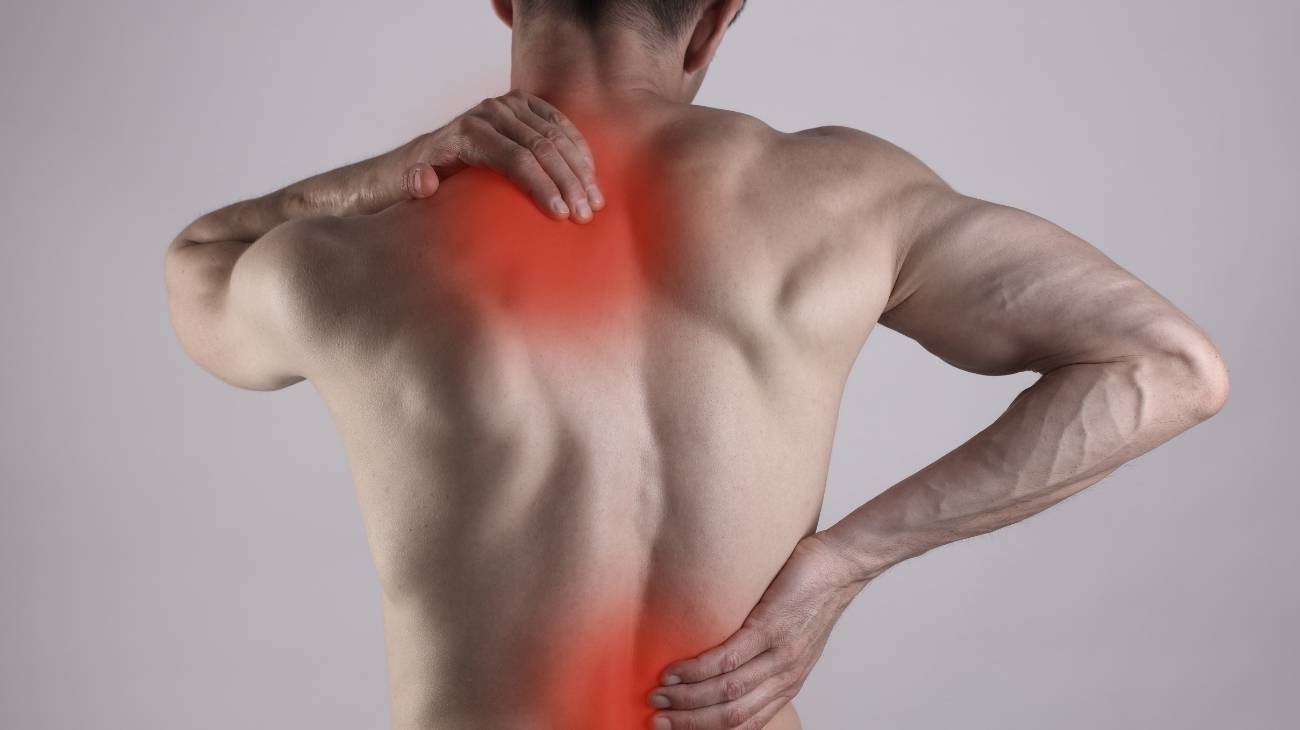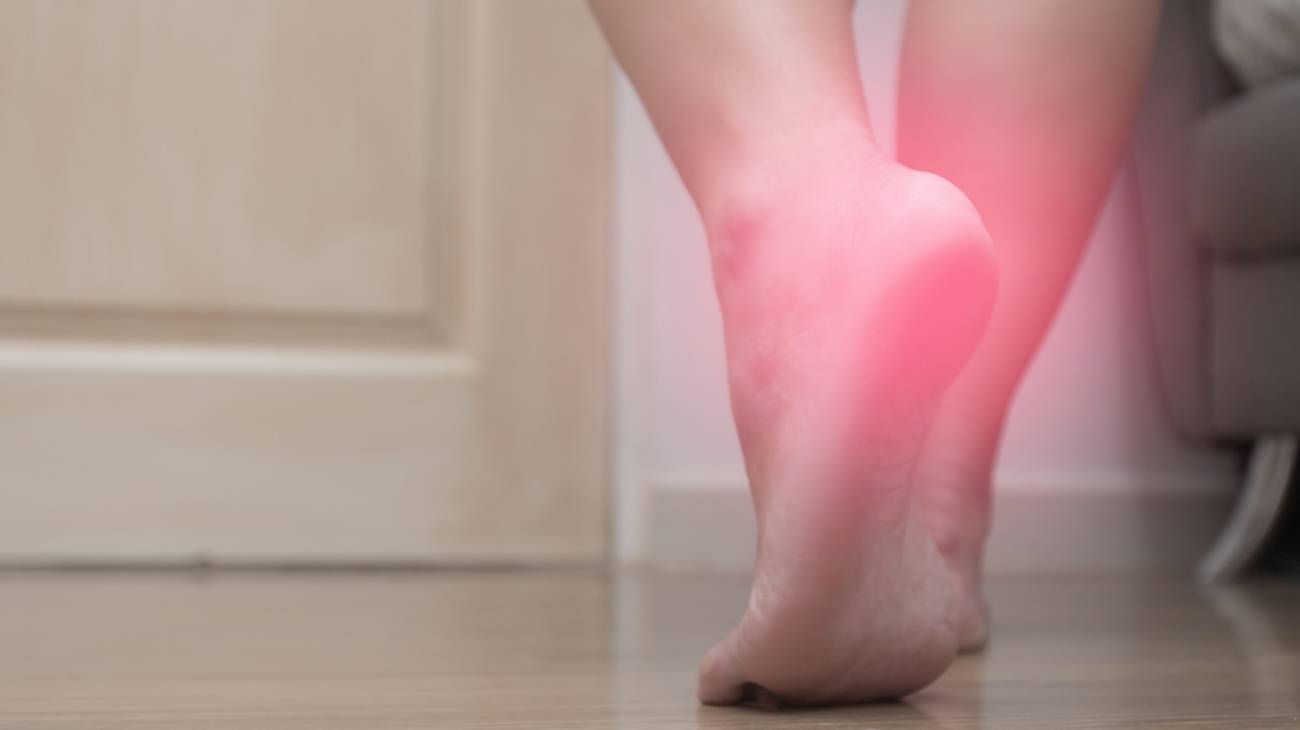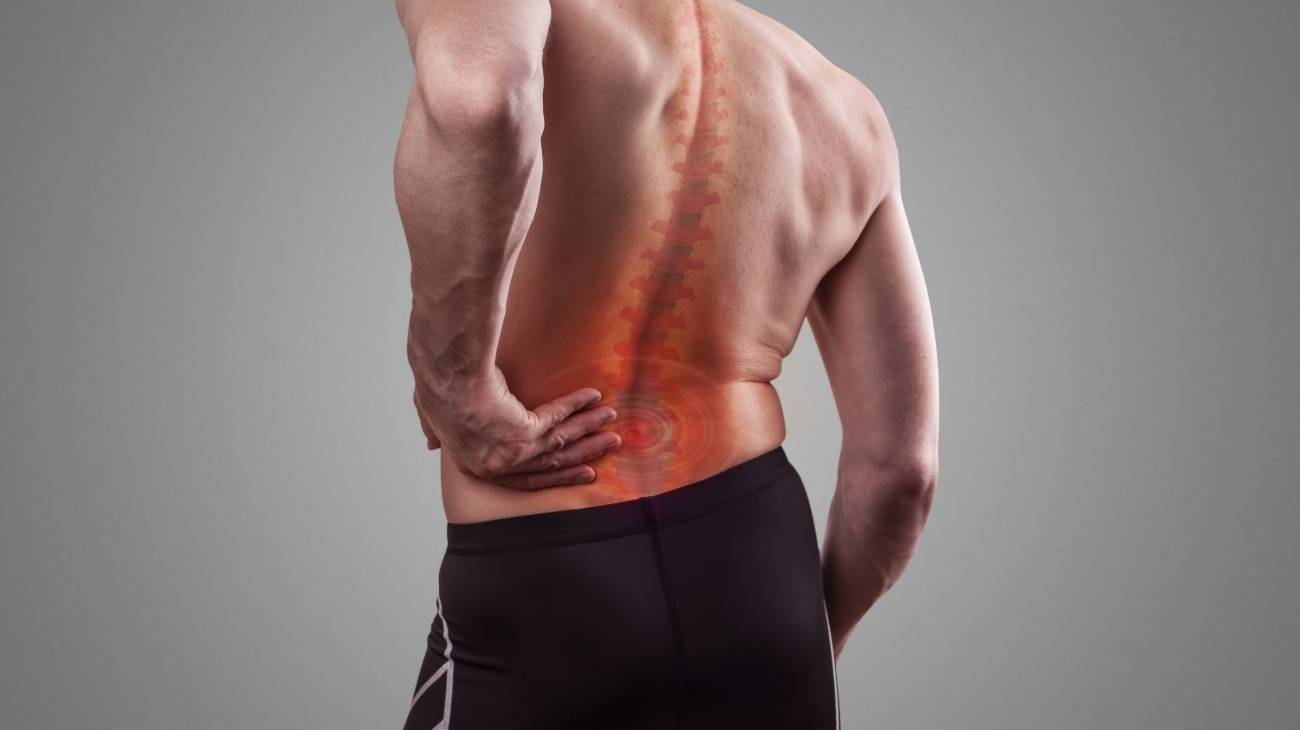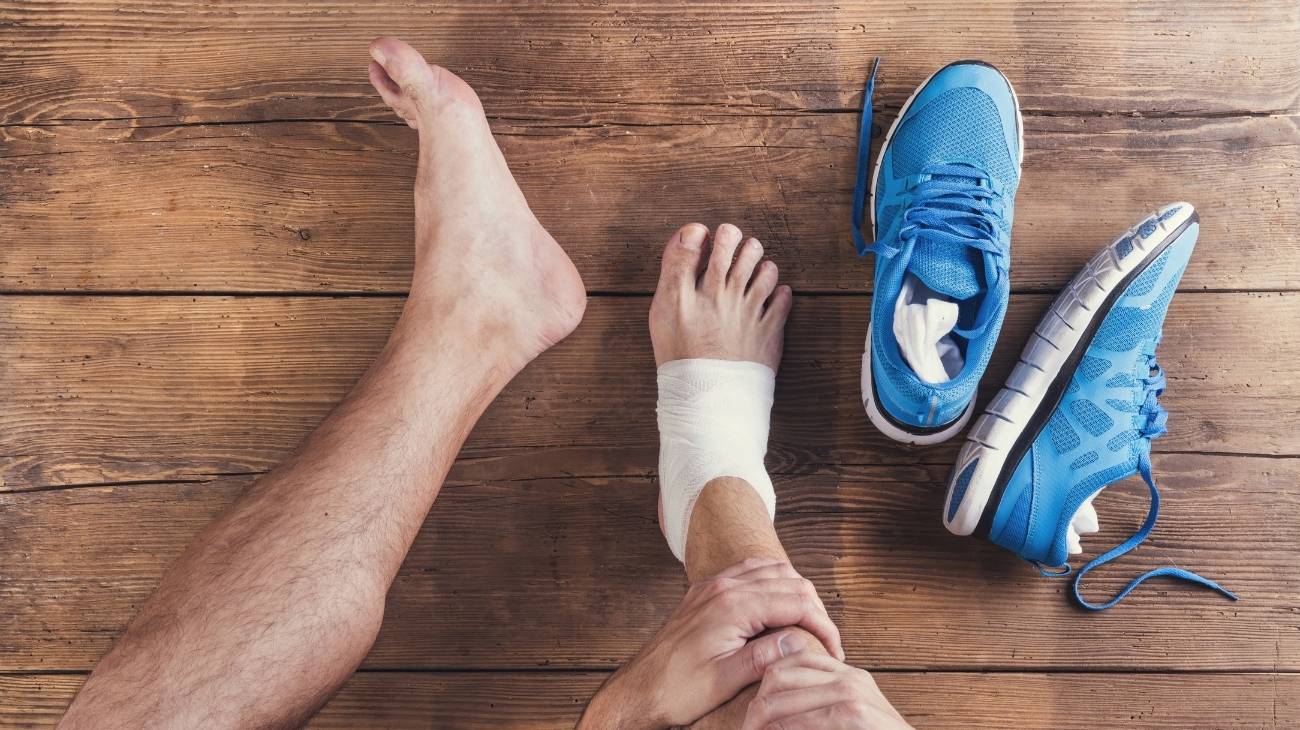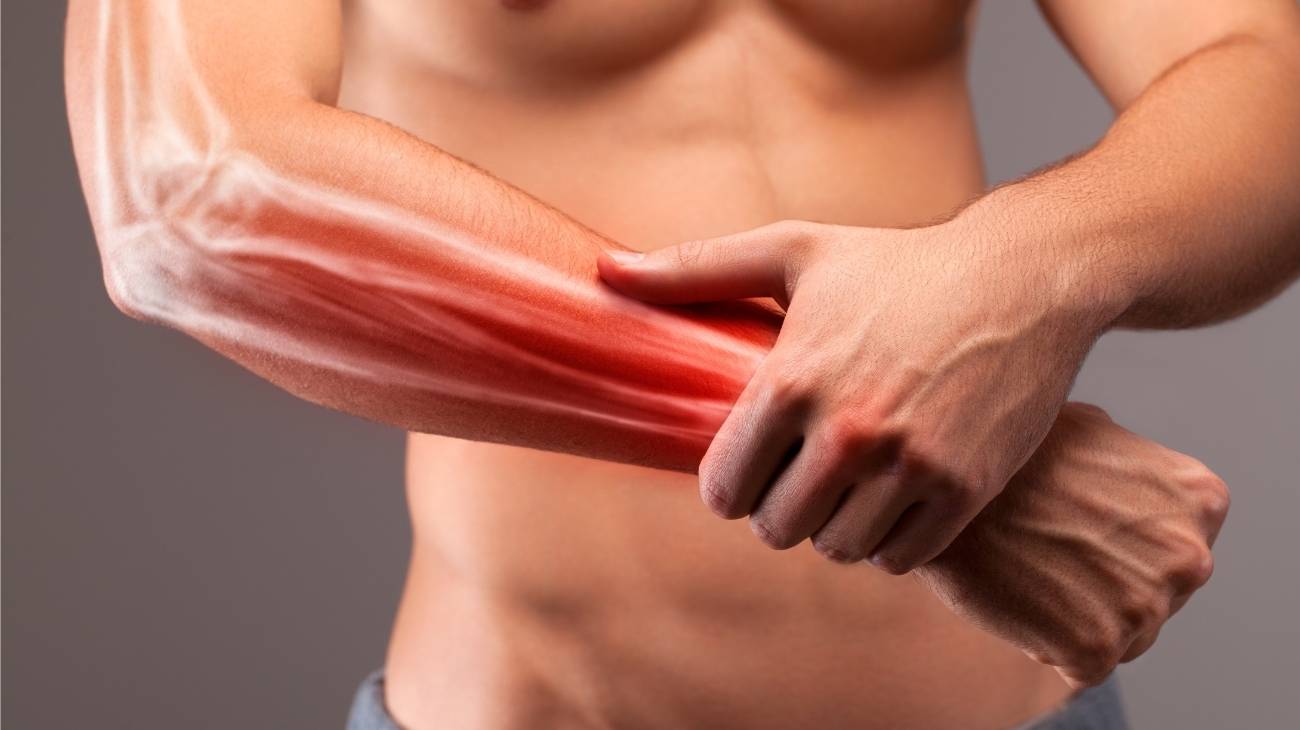Carpal tunnel syndrome is a common condition that occurs when the median nerve in the wrist becomes compressed, causing pain, tingling, and weakness in the hand and fingers. Left untreated, this condition can worsen over time, significantly impacting daily activities and overall quality of life.
The use of wrist braces is one of the most effective ways to manage carpal tunnel syndrome. These braces stabilize the wrist and limit movements that exacerbate nerve compression. Nighttime wrist braces are particularly helpful as they maintain the hand in a neutral position, preventing awkward postures during sleep that can aggravate symptoms.
Hot and cold therapy packs are also essential for managing symptoms effectively. Cold therapy helps to reduce inflammation and numb pain, while heat therapy increases blood flow, relaxes tense muscles, and promotes healing. Alternating between heat and cold therapy can accelerate recovery and provide sustained relief.
Ergonomic supports are another preventive and therapeutic solution for carpal tunnel syndrome. These products improve wrist positioning and reduce strain caused by repetitive tasks such as typing or assembly work. Pairing ergonomic wrist supports with tools like specially designed keyboards and mice can create a healthier and more comfortable workspace.
For those seeking to complement their treatment, massage therapy is a proven method to alleviate tension and enhance flexibility in the wrist and hand. Using a handheld massager or foam roller can improve blood circulation, reduce tightness, and provide long-term relief.
Strengthening exercises also play a crucial role in recovery. Wrist curls, finger stretches, and resistance band training can help improve muscle strength and flexibility, reducing pressure on the median nerve. Incorporating these exercises into your routine can prevent symptoms from recurring and support overall wrist health.
TENS (Transcutaneous Electrical Nerve Stimulation) devices offer a non-invasive solution for chronic pain management in carpal tunnel syndrome. These devices deliver mild electrical impulses that block pain signals and stimulate nerve regeneration, making them highly effective for individuals experiencing persistent discomfort.
Additionally, lifestyle changes can significantly impact symptom management. Regular breaks during repetitive tasks, proper hydration, and a diet rich in anti-inflammatory nutrients such as omega-3 fatty acids and vitamin B6 can support nerve health. Combining these changes with targeted therapies creates a comprehensive approach to managing carpal tunnel syndrome.
Overall, addressing carpal tunnel syndrome early with the right products and preventive measures is essential. Wrist braces, hot and cold therapy, ergonomic tools, and strengthening exercises provide a holistic approach to recovery and prevention, ensuring long-term comfort and functionality.
FAQ: Frequently Asked Questions
What are the best products to manage carpal tunnel syndrome?
The best products include wrist braces, hot and cold therapy packs, ergonomic supports, and TENS devices. These provide effective relief and help prevent further complications.
How do wrist braces alleviate carpal tunnel pain?
Wrist braces stabilize the hand and reduce pressure on the median nerve, providing immediate relief and preventing awkward wrist movements.
Is hot and cold therapy effective for carpal tunnel syndrome?
Yes, cold therapy reduces swelling and numbs pain, while heat therapy enhances blood circulation and relaxes the muscles for faster recovery.
Are TENS devices safe for carpal tunnel pain?
Yes, TENS devices are safe and effective. They block pain signals and stimulate nerve healing, offering long-term relief from discomfort.
What lifestyle changes can help manage carpal tunnel syndrome?
Incorporating breaks, ergonomic tools, and a diet rich in anti-inflammatory nutrients like omega-3s can reduce symptoms and improve wrist health.




